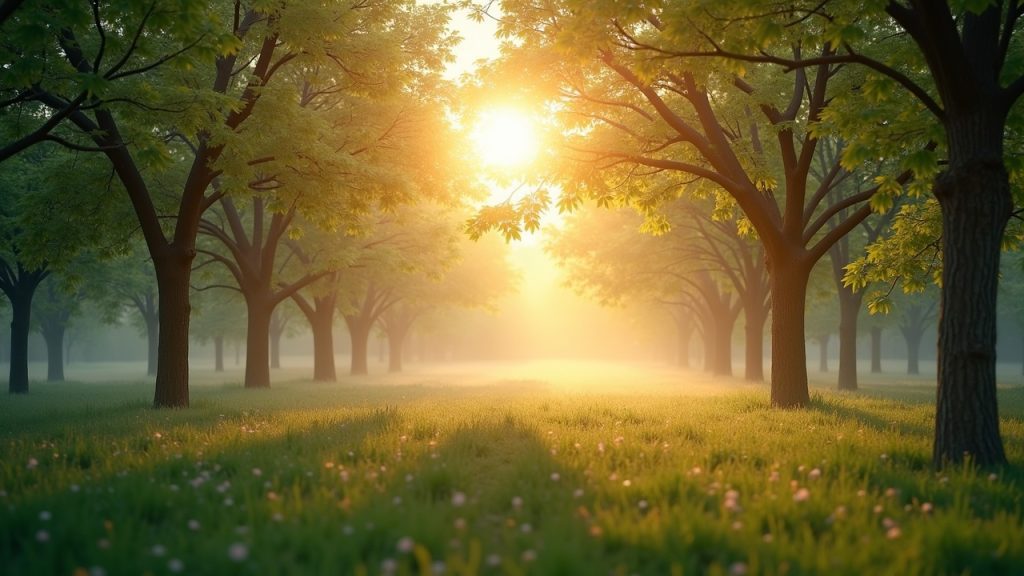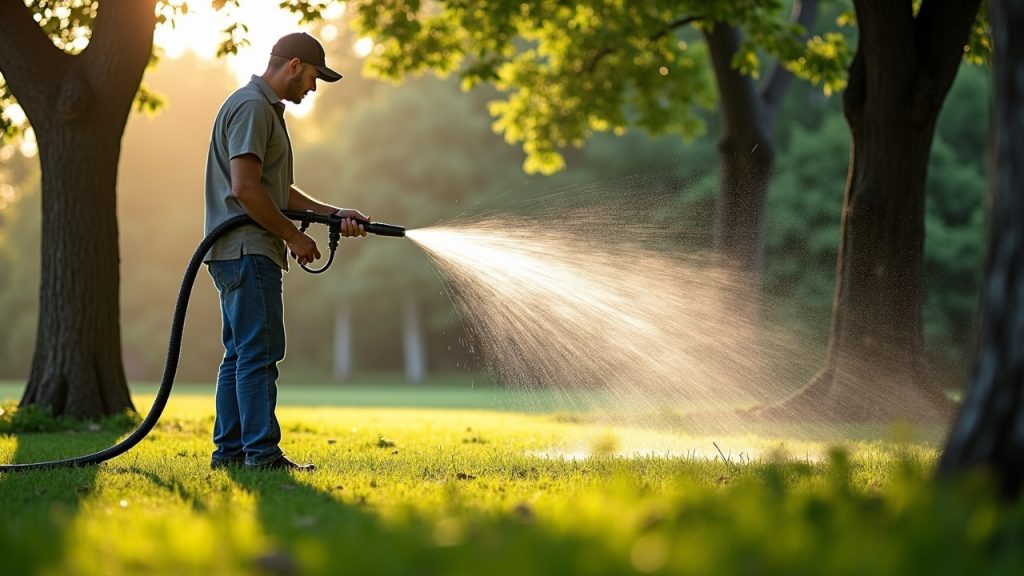How To Tell If You Need To Water Your Trees During A Heatwave?
With decades of experience and a commitment to safety and quality, P and P Trees understand just how vital it is to support your trees, especially during challenging weather conditions.
Understanding Your Trees Needs in Hot Weather
If you’ve been feeling the heat over the last few weeks, rest assured your trees are noticing it, too! Prolonged periods of hot, dry weather can put significant stress on your trees, both young and mature.
Unlike grass or flowers, trees have deep root systems that usually help them access water even during dry spells. However, when the temperature soars, even established trees can struggle to get the moisture they need to thrive.
Water is essential for trees to carry out crucial functions like nutrient transport, Photosynthesis, and cooling themselves through transpiration. During heatwaves, these processes can become disrupted if the tree doesn’t have enough water, making it vulnerable to pests, diseases, and long-term damage.
How Much Water Do Trees Need?
The amount of water your tree needs depends on several factors, including its age, species, location, and soil type.
Young trees (planted within the last two years): These trees have smaller root systems and are especially vulnerable to drought. They usually need 20-40 litres of water per week during hot weather, ideally delivered slowly to allow deep penetration.
Established trees: Mature trees are more resilient but can still suffer during long dry spells. A good rule of thumb is to provide about 40-60 litres of water, once a week for each inch of trunk diameter, especially if the weather has been unusually hot and dry.
Be mindful that overwatering can also be harmful, leading to root rot or fungal issues. Always check the soil moisture before watering, ensuring it feels moist but not soggy, a few inches below the surface.
When and How Often Should You Water?
During periods of extreme heat, it’s wise to increase your watering routine. Typically, we recommend watering deeply once a week, but in a heatwave, you might need to water twice weekly, especially for younger or newly planted trees. Deep watering encourages roots to grow further into the soil, making your trees more drought-resilient in the long run.
Early morning or late evening is the best time to water, as less moisture is lost to evaporation. Use a slow, steady trickle at the base of the tree, or consider using a soaker hose or drip irrigation system for larger specimens.
Signs Your Tree Needs More Water
Wondering whether your tree is thirsty? Look for these tell tale signs:
- Wilting, curling, or browning leaves, especially at the tips.
- Leaves that look smaller than usual or drop prematurely.
- Dry, cracked soil around the tree’s base.
- Visible dieback in branches or canopy thinning
If you notice any of these symptoms, it’s time to increase your watering and monitor the tree’s recovery.

Our Commitment to Tree Health in Lincolnshire
As certified and fully insured arborists, we are dedicated to the health and well-being of your trees. Whether you have a single specimen in your garden or a whole avenue of mature trees, our team has the knowledge and equipment to advise on watering, pruning, and all aspects of tree care.
We understand Lincolnshire’s local climate and soil conditions, and we’re always happy to offer personalised guidance to help your trees survive and thrive through the hottest spells.
Conclusion
Hot weather can be tough on trees, but with a little extra care, you can help them weather the heat. Remember: regular, deep watering is key, especially for young or vulnerable trees. Monitor for signs of drought stress, and don’t hesitate to reach out to our team if you have concerns about your trees’ health.
If you’d like more advice or need help caring for your trees during a hot spell, get in touch with the friendly, professional experts at P and P Trees. We’re here to ensure your trees stay strong, beautiful, and healthy for many seasons to come.
If you found this blog post about “How Much Water Do My Trees Need During Hot Weather?” helpful and informative, you may also be interested in reading “How To Choose The Right Size Tree For Your Garden“.



